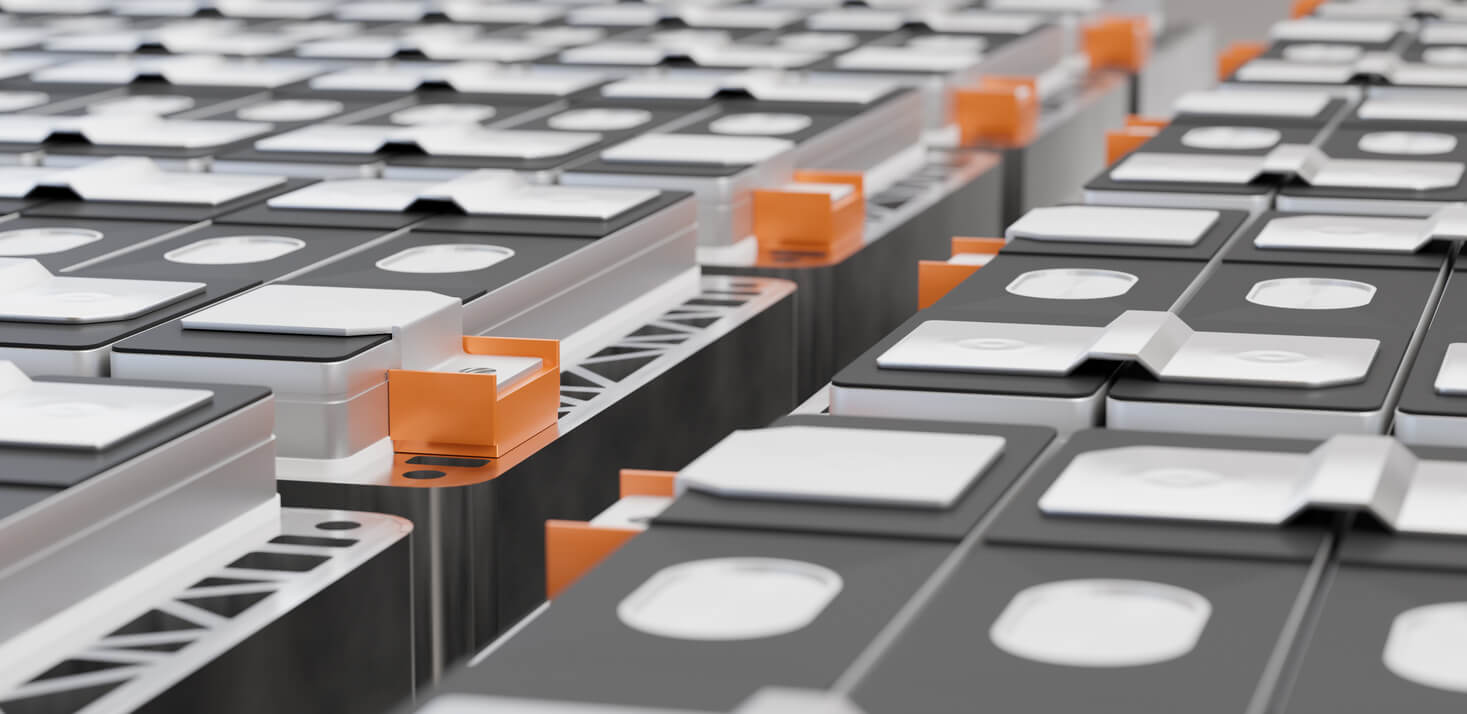Battery Solutions
Powering the shift to a renewable future
Batteries have become an indispensable part of our daily lives, powering everything from our phones to our cars. But it’s their role within our rapidly changing energy system that holds the most potential, as we electrify everything and charge towards a future powered by renewables.

The benefits of behind-the-meter batteries for businesses
Beyond grid-scale batteries, there are smaller-scale alternatives for businesses looking to optimise their energy strategy using storage. This can be coupled with solar or installed as a standalone storage system.
Batteries can help businesses cut costs by storing energy when grid prices are low, typically when there’s lots of renewable energy generated. This stored energy can then be used when prices are high, helping businesses reduce usage from the grid during price spikes.
To get the greatest potential for cost savings from a battery, businesses should consider retail contracts with wholesale market exposure – like any of our contracts at Flow Power. Wholesale price fluctuations can lead to significantly greater savings from a behind-the-meter battery than when a customer has a flat rate or peak-off and peak tariff.
In some cases, batteries can be used to generate additional revenue, through demand response or grid stability services such as Frequency Control Ancillary Services (FCAS).
Traditionally provided by generators such as coal and gas plants – but now being replaced by batteries – these services are purchased by AEMO to maintain frequency and ensure the stability and reliability of the grid. Businesses that can leverage battery assets may be eligible for financial incentives.
Batteries support the storage and integration of renewable energy, helping realise maximum value from zero carbon generation assets such as solar PV systems. For customers with rooftop PV, a battery could lessen grid reliance and reduce the carbon intensity of the electricity used.
With the capacity to store energy on-site, businesses can lessen the impact of grid disruptions, wholesale price volatility and safeguard the continuity of critical operations.
Grid-scale batteries
Renewable energy sources like solar and wind deliver clean, low-cost energy, helping us reduce the need for fossil fueled generation in the grid. However, the ongoing challenge of renewable variability has long been used as an argument in favour of operationally flexible energy sources like gas.
While it’s true that to date, fossil fuel generators have filled in for renewable shortfalls, they’ve done so at the cost of the environment. The development of grid-scale batteries offers an alternative solution for managing the variability of renewables and replacing the antiquated, inefficient fossil fuel powered generators.
The installation of grid-scale batteries will support a more sustainable and flexible grid, helping to increase the value and output of Australia’s existing renewable energy assets.
How do grid-scale batteries work?
Grid-scale batteries charge by receiving electricity from the grid or from renewable energy sources, such as solar or wind farms.
Typically during periods of low demand or when renewable energy production exceeds immediate consumption, excess electricity can be directed to the battery system for storage. This stored energy can later be discharged as required.
Batteries can export stored electricity to help meet peak demand or be used to provide a consistent supply of energy even when the wind isn’t blowing, or the sun isn’t shining.
Battery storage has also become the leading provider of frequency control ancillary services (FCAS) in the NEM, helping to maintain the stability of the power system. Batteries can respond in a split second to help stabilize the grid.
Batteries are able to turn on/off much faster than thermal generators. Thermal generators take anywhere from 5 minutes to several hours to turn on, whereas batteries react quickly to changes in the power system.
This makes batteries ideal renewable firming assets. They can rapidly change between charging and discharging energy, depending on whether there’s excess renewable energy available or low levels of renewables.
What does the future of battery storage in the NEM look like?
Deployment of batteries is growing rapidly, from $1.9 billion in 2022 to $4.9 billion in 2023, a 157.9% increase year on year.
At the end of 2023, 27 large-scale batteries were under construction, for a combined 11 GWh of storage. This is a significant growth of storage capacity in the grid.
However, modelling published by the CSIRO in March 2023 predicted that “across the NEM, an additional 59–69 GWh of storage capacity will be required by 2030”, so there’s still much more work to be done deploying batteries at scale.


Our energy specialists are here to help.
Whether you’re keen to learn more about grid-scale batteries, or ready to explore behind-the-meter storage for your business, we can support you in finding the right solution.
Get in touch today.










